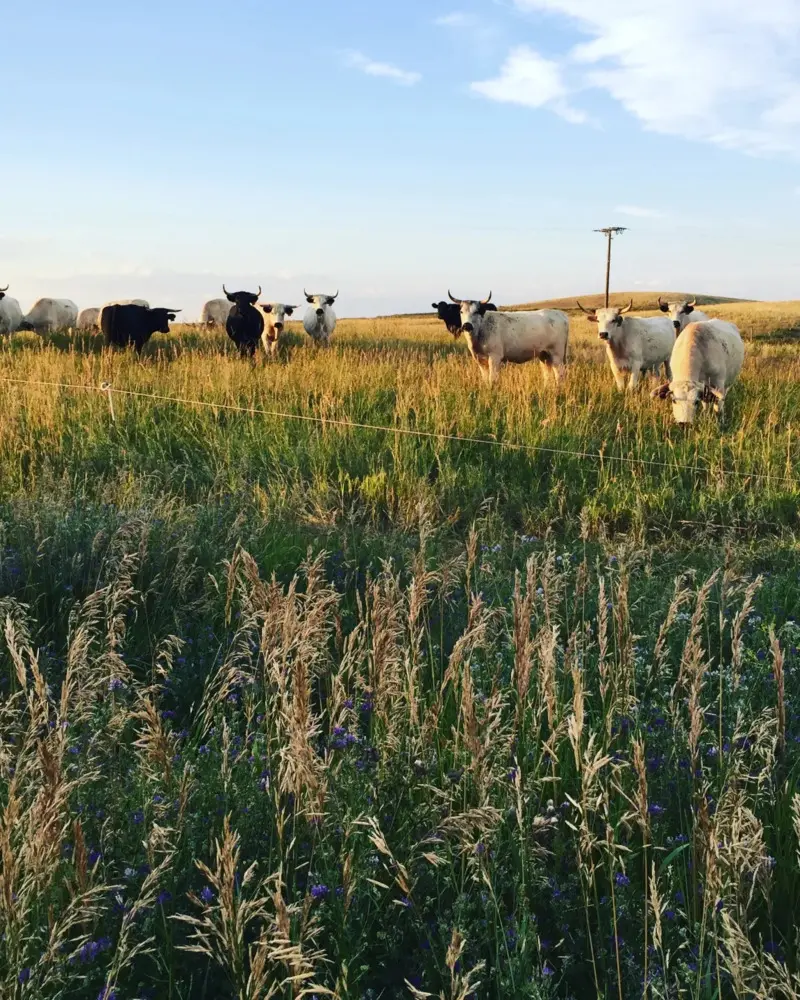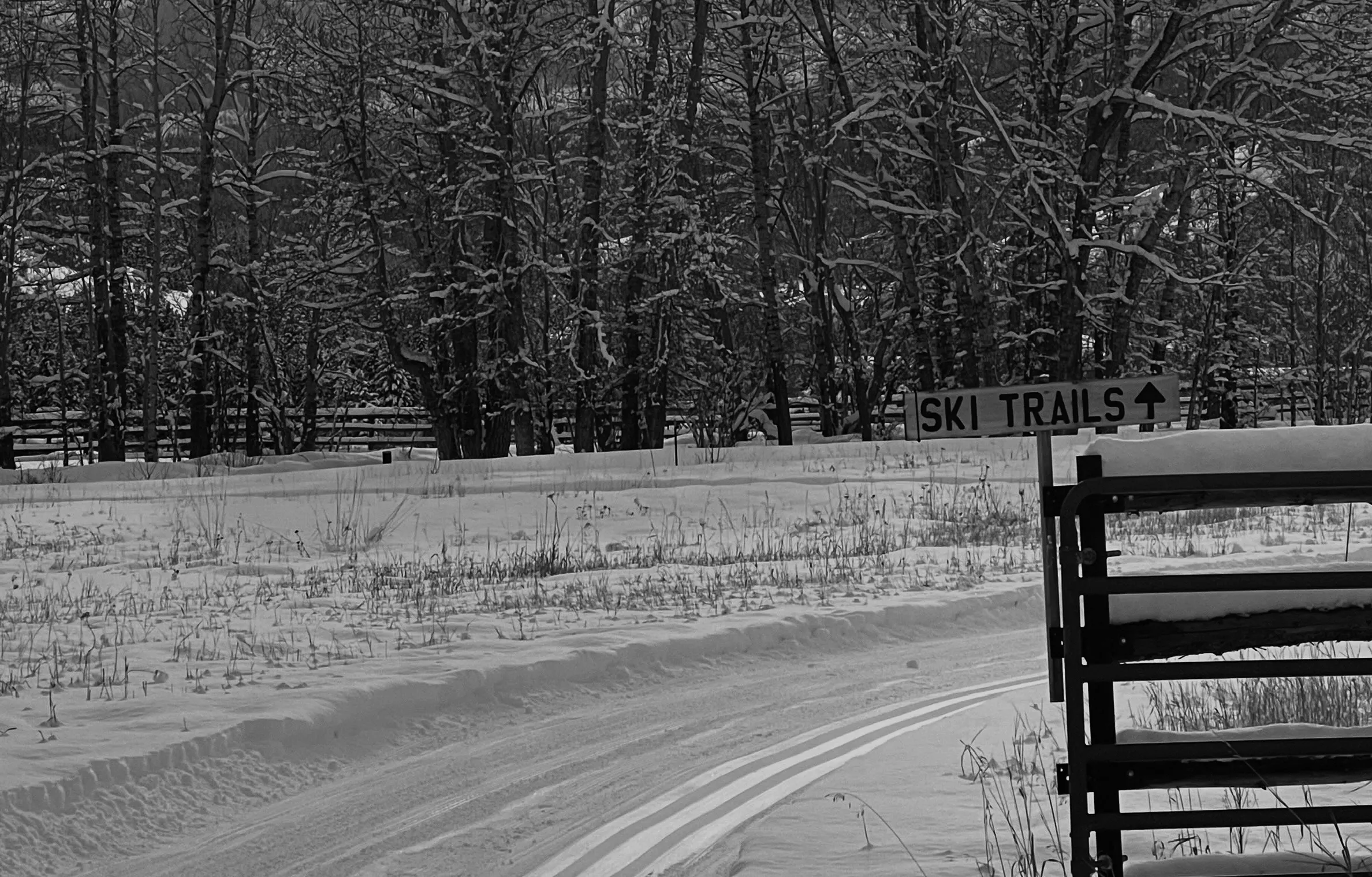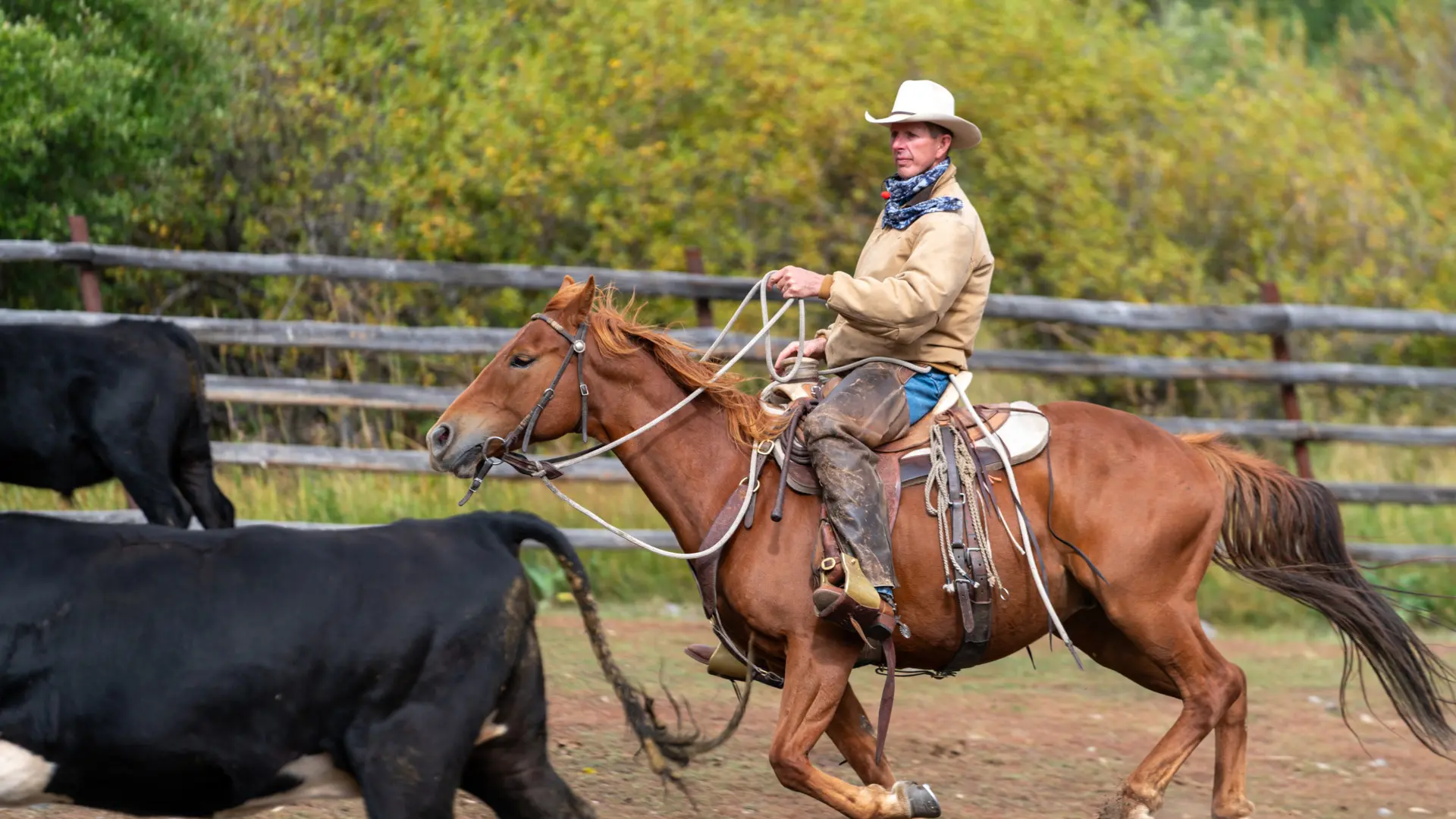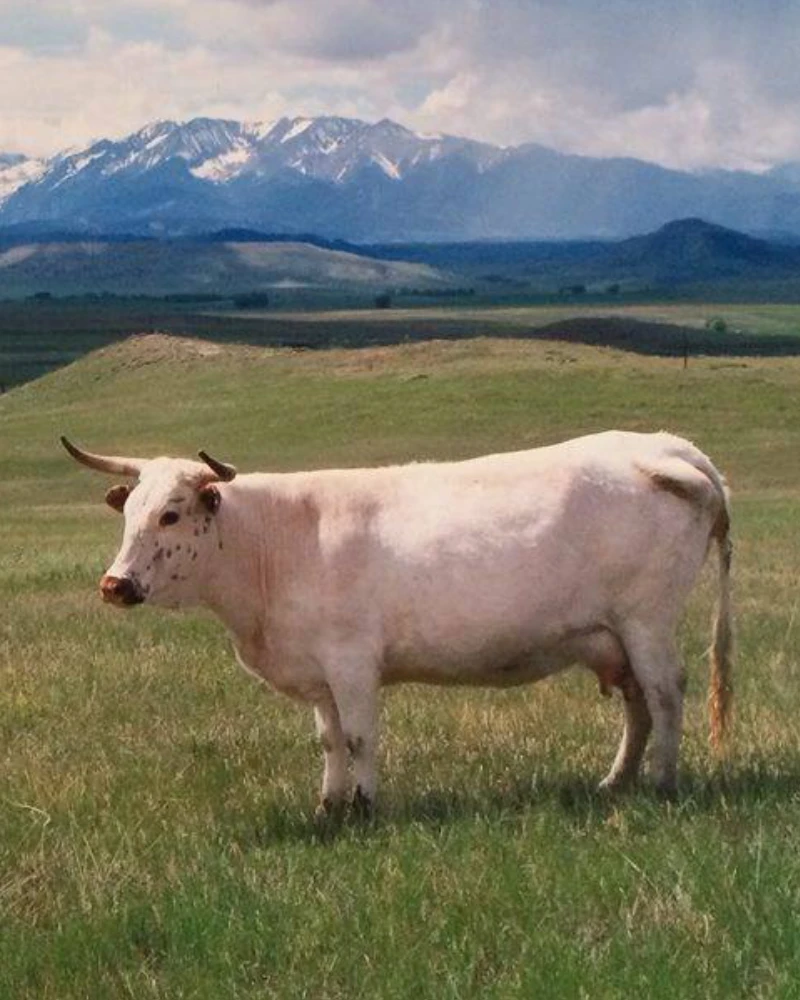
Nurturing Nature’s Cycles
Our two ranches tell distinct stories of Montana’s diverse landscapes. In Big Timber’s rolling prairie, we pioneer soil restoration through carefully selected cover crops and innovative composting practices. By partnering with Pioneer Meats, we transform processing waste into rich organic matter, breathing new life into less productive areas. Here, the presence of native prairie smoke, lupine, and rich stands of western wheatgrass signal the return of soil vitality.
Up in Tom Miner Basin, at the edge of the Greater Yellowstone Ecosystem, we face different challenges and opportunities. The shorter growing season and higher elevation require us to adapt our grazing patterns to match the mountain rhythm. Yet this landscape holds its own markers of health – vibrant patches of sticky geranium, mountain brome, and diverse alpine wildflowers that tell us we’re on the right path. While Big Timber’s gentler terrain allows for longer grazing seasons, Tom Miner’s steeper slopes and wildlife corridors demand more intensive management to protect both our herds and the native species that call this basin home.
Focus on the Land
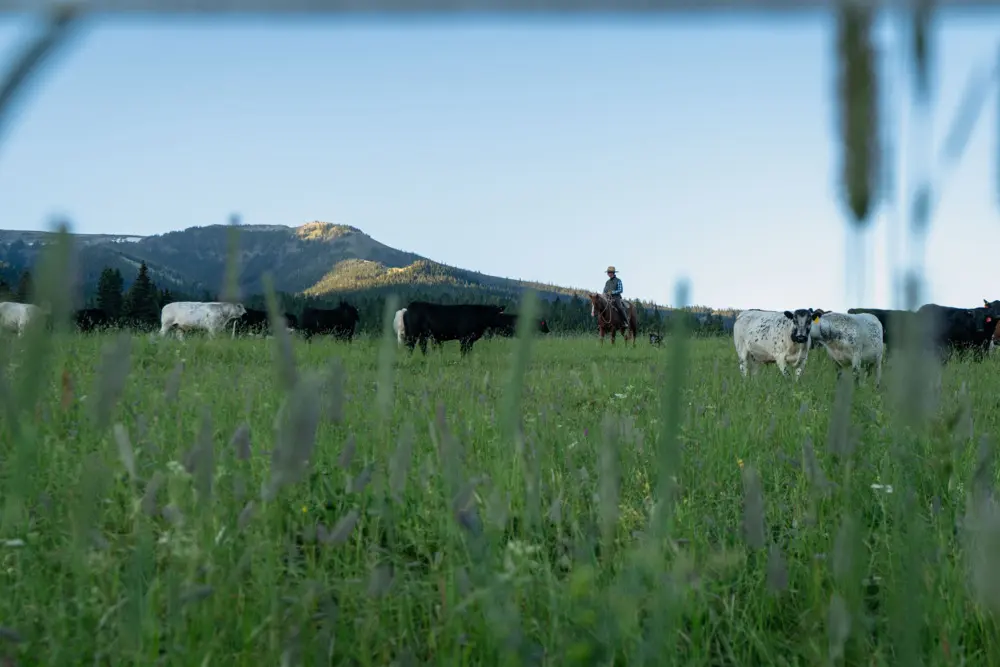
Our Land Ethic
Through thoughtful management of our Montana mountain landscape, we raise exceptional organic beef while preserving this vital ecosystem for future generations. Our cattle contribute to nature’s cycles through regenerative grazing, building soil health and supporting diverse native plant and wildlife communities. Each day, we practice gentle livestock handling that honors both animal well-being and the delicate balance of this remarkable landscape.
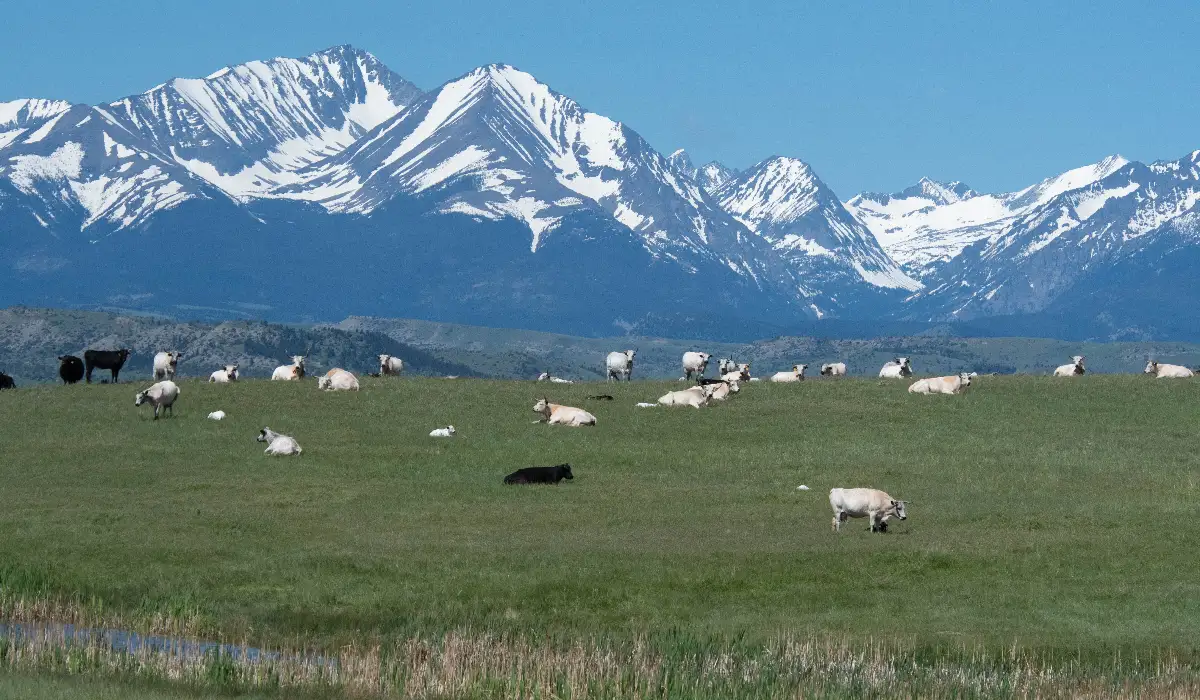
The Living Landscape
Our Montana mountain pastures tell the story of mindful management. Each day, we move our cattle to mirror nature’s patterns, allowing native grasses to thrive and rebuild soil life. This approach creates a vibrant habitat where diverse plant communities flourish, wildlife finds sanctuary, and our cattle graze on nutrient-rich forages. When we tend to the land’s health first, everything else follows – from the vitality of our herds to the legacy we’re preserving for future generations.

Ethically Raised & Sourced
Our daily work centers on careful observation of our cattle as they graze Montana’s mountain pastures – monitoring their health and protecting them from native predators like grizzly bears and wolves. Through low-stress practices passed down by ranchers, we create an environment where cattle can express their natural behaviors and thrive. Each animal, whether raised on our ranch or sourced from trusted organic producers across Montana, plays a vital role in our management intensive grazing program, helping build healthy soils while producing exceptional organic beef. This thoughtful approach honors both the animals in our care and the landscape they help sustain.
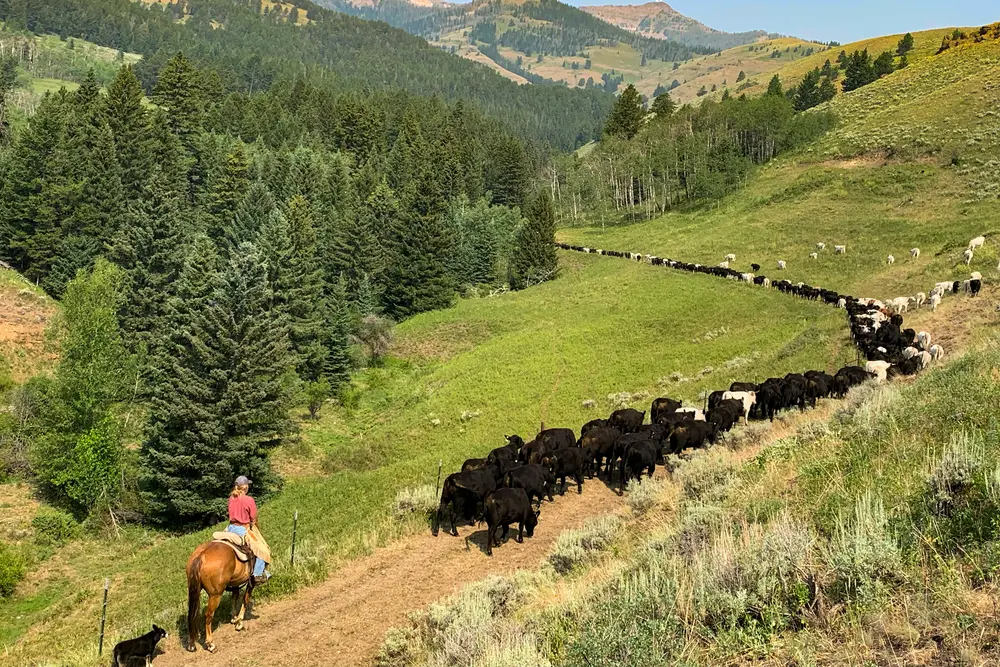
Pure Mountain-Raised Beef
By tending to the health of our Montana grasslands and cattle with equal care, we produce beef you can trust completely. Our animals thrive on nutrient-rich native pastures, living free from antibiotics, hormones, and chemicals. This thoughtful approach creates beef that’s exceptional in both flavor and nutrition – a pure food that connects your table to our mountain landscape’s natural vitality. Each cut reflects our commitment to raising cattle through regenerative practices that honor both the animals and the land.
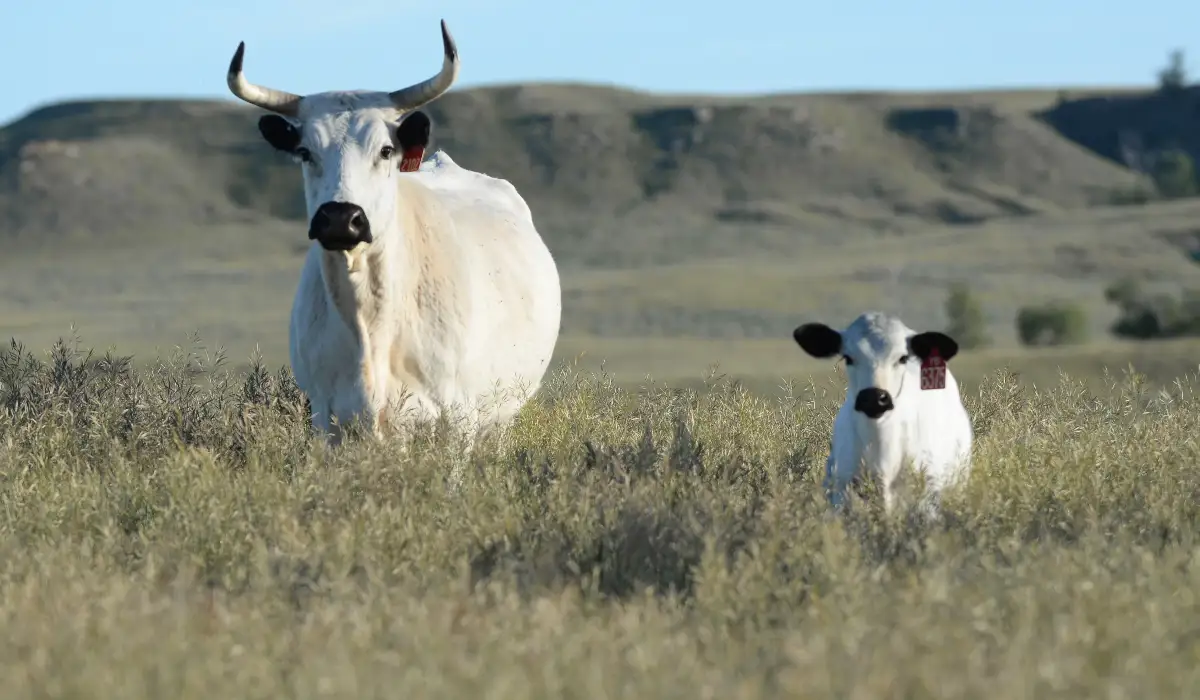
A Bovine Legacy
For decades, B Bar Ranch has been home to one of North America’s heritage herds of Ancient White Park cattle. These distinctive creatures, with their white coats and black-tipped horns, trace their lineage back to Britain’s ancient forest cattle. Known for their natural hardiness, exceptional mothering instincts, and ability to thrive on rough forage, White Parks embody the kind of resilient genetics we value. While we’ve transitioned our main operation to finishing Angus cattle, we maintain our White Park herd as living history and a genetic reservoir. Their proven adaptability to mountainous terrain and natural foraging ability represent traits we hope to carefully weave into our program’s future.
Buy and Cook
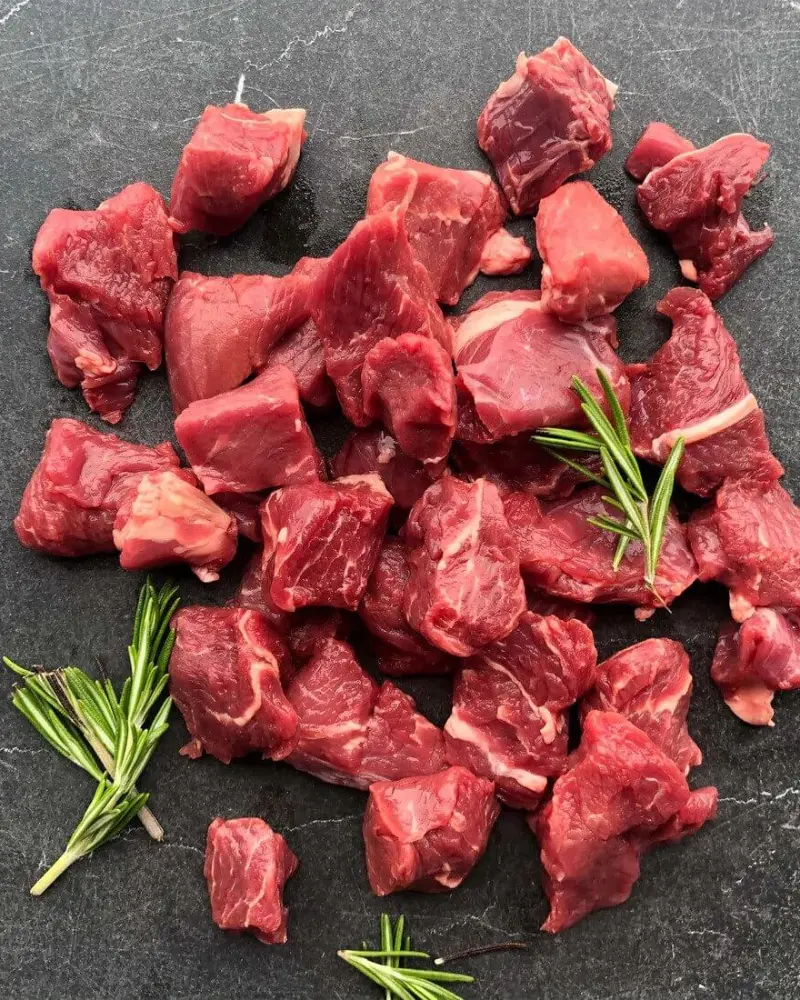
Buy Online
You can now easily order our organic beef online for high-quality, sustainably raised meat delivered directly to your doorstep.

Local Vendors
Support local vendors by buying B Bar Ranch’s organic beef at select stores, enjoying high-quality meat while contributing to the community.
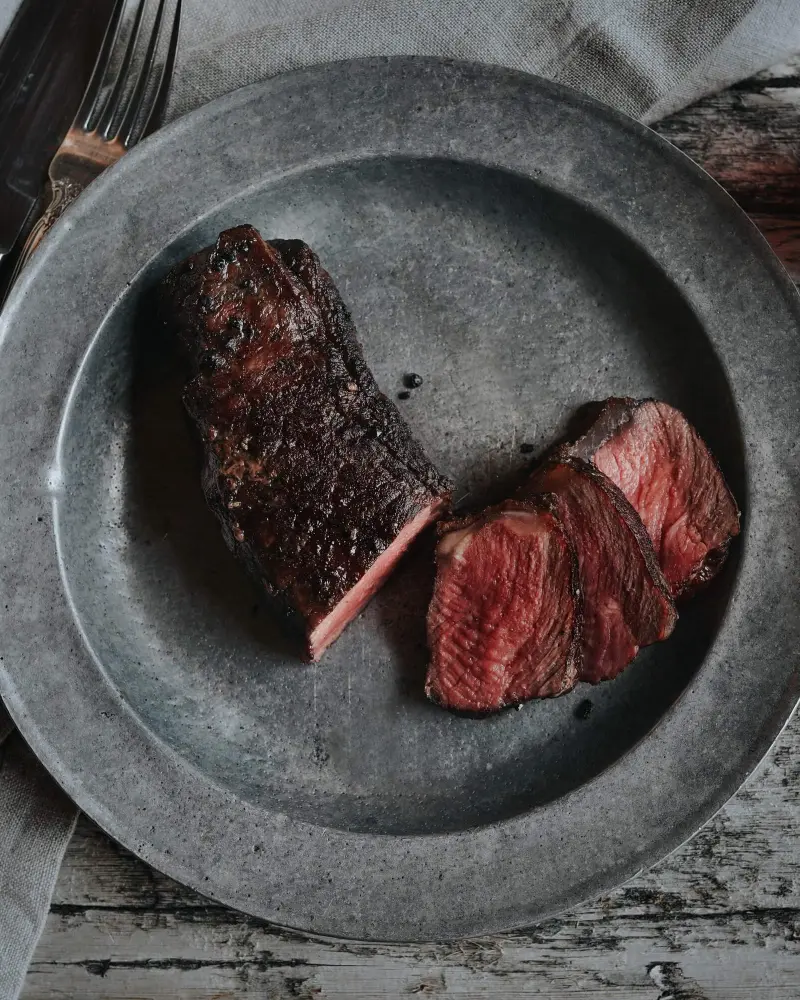
Tasty Recipes
Discover tasty recipes that highlight the unique flavors of B Bar Ranch’s organic beef, perfect for grilling, roasting, or slow-cooking.
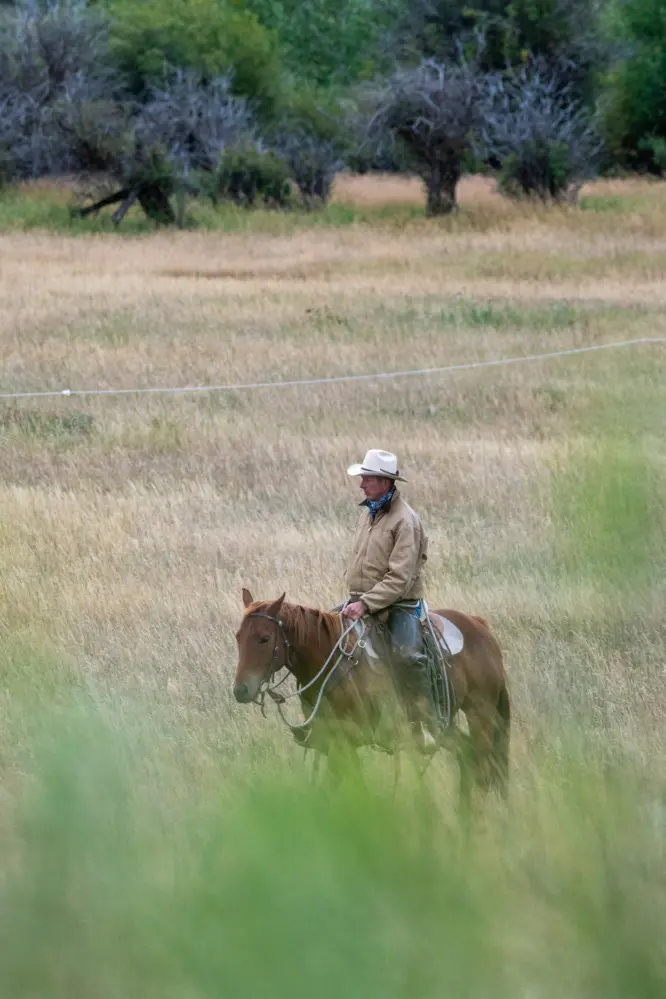
Stay and Learn
Experience a hands-on stay at B Bar Ranch, where you can witness our sustainable ranching practices firsthand. Learn about regenerative grazing, low-stress cattle handling, and our commitment to land stewardship while enjoying the beauty and tranquility of Montana.
